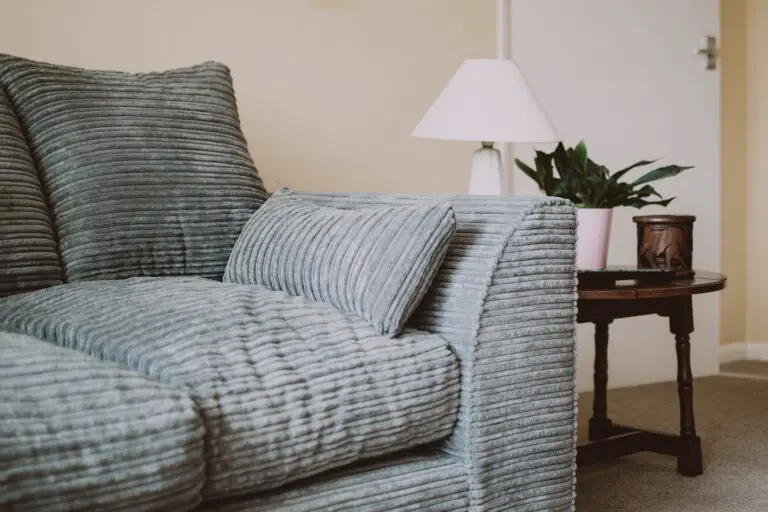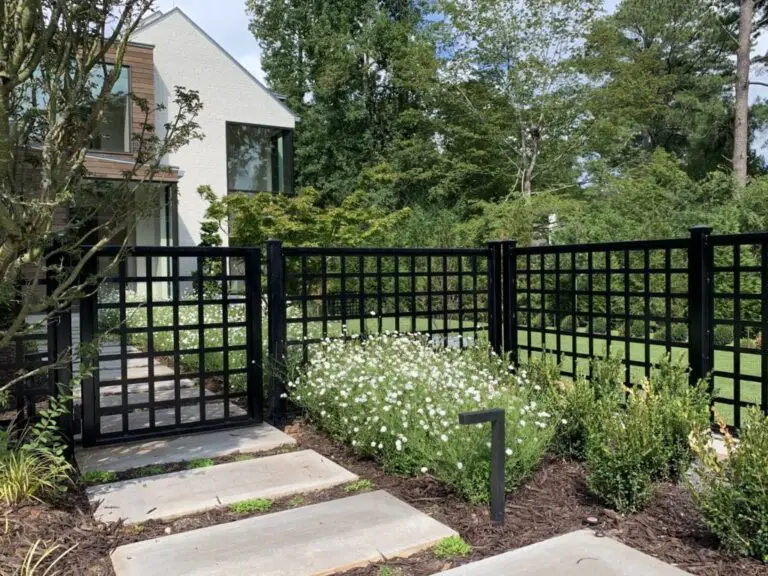Mastering the Art of Triadic Colors in Design
Whether you’re an artist, designer, or simply someone wanting to revamp your living space, understanding the triadic color scheme can have a profound impact on your creative journey. This versatile color harmony utilizes three hues evenly spaced around the color wheel, creating a dynamic and vibrant look.
This article delves into what triadic colors are, their importance, and how you can effectively apply them in your designs.
Triadic Colors: An Overview
The term “triadic” refers to a color scheme comprising three colors equidistant on the color wheel. Picture a perfect triangle drawn inside the wheel; the three points that touch the wheel outline a triadic color scheme. As an example, consider the primary colors: red, blue, and yellow; these are the simplest instance of a triadic palette.
Why Choose Triadic Colors?
Triadic colors can add a burst of energy and vibrancy to any design. The color scheme‘s primary advantage lies in its balance; it provides high contrast while maintaining color harmony. This balance can be especially useful in design elements where you want to command attention without overwhelming the viewer’s eye. Moreover, triadic color schemes offer a larger variety of options compared to analogous or complementary color palettes, making them perfect for creating unique, eye-catching designs.
Using Triadic Colors in Your Designs
Successfully employing a triadic color scheme requires careful balance. While each color can stand alone, they work best when there’s a dominant hue supported by two secondary colors.
Choose a Dominant Color
Your dominant color will often set the mood of your design. In a traditional triadic palette of red, blue, and yellow, for example, choosing blue as the dominant color can give your design a calm and tranquil feeling.
Accentuate with Secondary Colors
The secondary colors serve to accent the dominant color. They should be used sparingly and strategically to create balance without overpowering the dominant hue.
Experiment with Tints, Shades, and Tones
Just because you’ve chosen your three triadic colors doesn’t mean you’re restricted to these. Feel free to experiment with various tints, shades, and tones of your chosen colors to add depth and richness to your designs.
Balance is Key
Strive for balance. It might be tempting to use all three colors equally, but doing so could create competition for attention. Usually, a 60/30/10 distribution works well.
The Potential of Triadic Colors in Different Domains
Triadic Color Examples and Accent Colors
In the world of interior design, a triadic scheme can create a lively and exciting environment. For instance, a child’s bedroom could be spruced up using this scheme with yellow as the dominant color and red and blue as accents.
Meanwhile, in graphic design, triadic color palettes can make a design pop, drawing the viewer’s attention. Brands often use this to their advantage by selecting bold, contrasting colors that evoke emotion and influence customer behavior.
Photographers and artists also use triadic colors to create depth and contrast. This color scheme can result in striking, memorable pieces that resonate with the viewer on an emotional level.
Continuing the Power of Triadic Colors
Yellow Orange and Yellow Green
The triadic color scheme isn’t just limited to artists and designers; it has far-reaching implications in other industries as well. For instance, in the realm of fashion, a triadic color outfit can make a striking statement. Combining clothes in a triadic color harmony can lead to unique, bold, and fashionable looks that make you stand out in a crowd.
Similarly, in website design, a triadic color scheme can be used to guide the user’s attention and improve navigation. For instance, you could use one color for the background, another for the navigation, and the third for CTAs (Call-to-action) or highlighted information. This ensures your site is both aesthetically pleasing and functional.
In film and animation videos, the triadic color scheme can be used to create moods and feelings, to differentiate characters, or to separate themes within a story. A triadic color palette can provide visual cues to viewers, enhancing the storytelling process.
Tips for Implementing Triadic Colors
Blue Green and Blue Purple
Creating a design using a triadic color scheme is exciting, but it can also be a challenge. Here are a few tips to help:
Understand the Color Wheel
Before diving into triadic colors, have a good understanding of the color wheel and how colors relate to one another.
Know Your Audience
Different colors evoke different emotions, so consider your target audience’s culture, age, and preferences when choosing a palette.
Use a Color Tool
Many digital tools can help you create the perfect triadic color scheme. These tools often have the ability to adjust saturation and lightness, offering you a wider palette to choose from.
Practice Makes Perfect
Don’t be afraid to experiment and make mistakes. Like any skill, mastering the use of triadic colors will come with time and practice.
Conclusion
Triadic Color Combinations and Complementary Colors
The triadic color scheme’s versatility and dynamism make it an excellent tool for artists and designers. It brings together contrast and harmony, breathes life into designs, and helps tell compelling visual stories. Like any design element, it requires a nuanced understanding and thoughtful application. But once mastered, it opens up a world of possibilities for adding depth, emotion, and interest to your designs.
Understanding and implementing triadic colors into your design repertoire is more than just knowing color theory; it’s about embracing the vibrant potential of balanced contrast and unlocking the true power of design.






